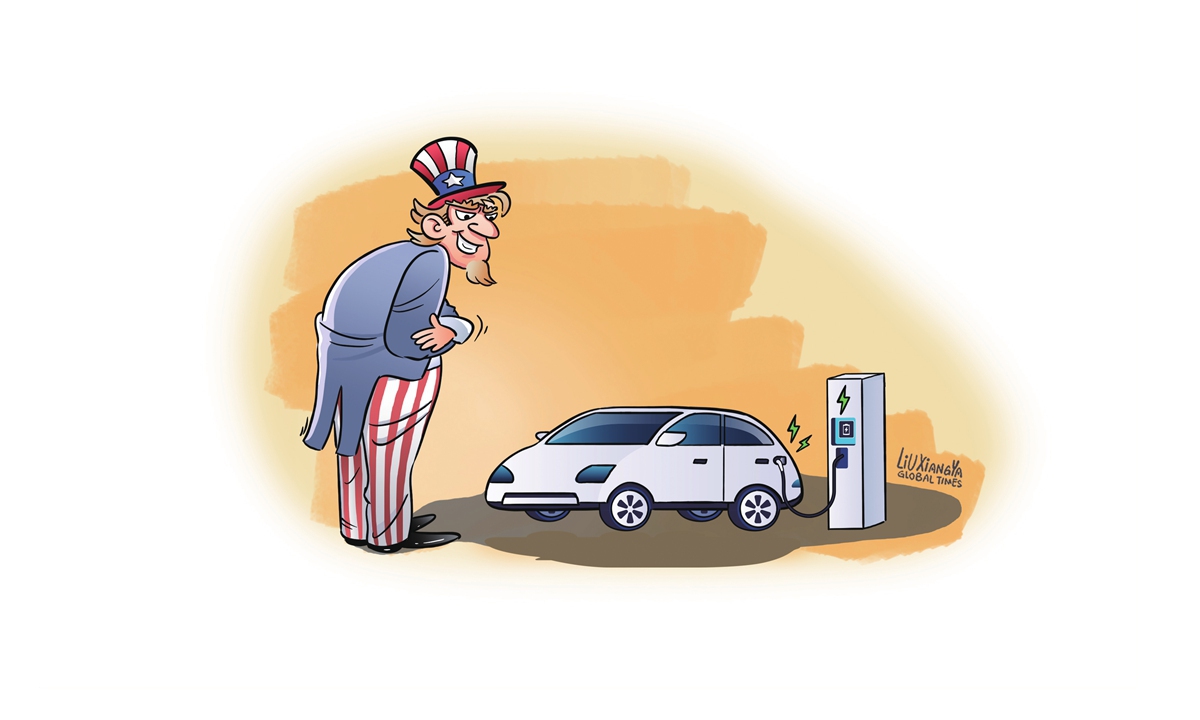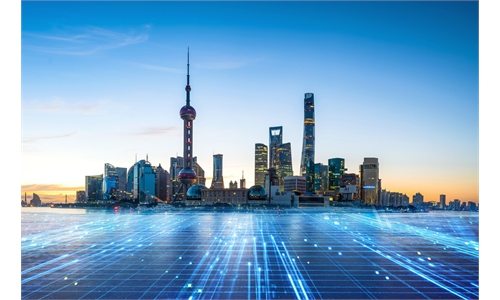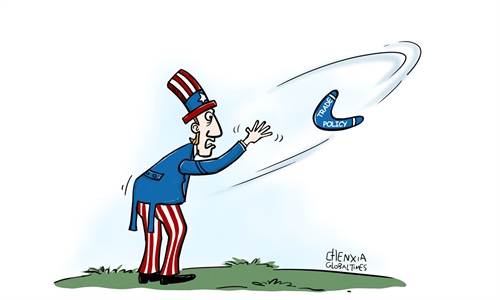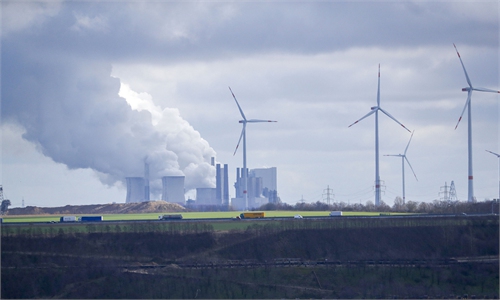
Illustration: Liu Xiangya/Global Times
The Biden administration intends to relax limits on tailpipe emissions that are designed to get Americans to switch from gasoline-powered cars to electric vehicles (EVs), in a concession to automakers and labor unions, The New York Times reported over the weekend, citing anonymous sources.It means the administration would give car manufacturers more time, with a sharp increase in sales not required until after 2030.
While the regulation has not been finalized, the news still attracted a lot of attention in the EV industry. At a time when the world is grappling with climate change challenges, the possibility of a slower transition to EVs in the US doesn't bode well, as it is a sign of the dilemma American automakers face in promoting EVs.
It is widely acknowledged that government guidance has a huge role to play in the development of the EV industry and market, but what is often overlooked is that such policy intervention, if not properly restrained from interfering with normal market competition, could also lead to industrial and market inefficiency.
This may exactly answer a confusing question: Why does the American EV industry, even with unprecedented government support, fail to grow as robustly as its Chinese peers?
It is true that US consumers bought 1.19 million all-electric vehicles in 2023, up 46 percent year-on-year, according to Cox Automotive. That's down from a growth rate of over 65 percent in 2022.
Due to slowing market demand, US car manufacturers have adjusted their production plans. General Motors abandoned a goal of building 400,000 EVs from 2022 through mid-2024, while Ford is said to have postponed about $12 billion in EV investment, according to media reports.
Moreover, automakers and the United Auto Workers have urged the Biden administration to relax the EV transition requirements as EVs are still too costly for many US consumers and more time is needed to develop the charging infrastructure.
The US doesn't lack advantages or efforts to develop its domestic EV industry. It has the technology, market and world's most advanced automakers, including Tesla, one of the world's largest EV makers. The US government has offered generous subsidies to stimulate EV sales. But why are these efforts and advantages not translating into the desired results?
This is perhaps because even before it could establish an efficient EV industry chain, the US became obsessed with shutting Chinese products out of its supply chains. This not only reflects US anxiety about China's leading position in the global EV industry, but has also become a drag on American EV development.
For instance, many EVs lost eligibility for tax credits of up to $7,500 after new battery sourcing rules that were deemed as targeting China took effect at the beginning of 2024.
By comparison, China's approach to obtaining a leading position in the EV industry is quite different from that of the US. According to a report by the International Energy Agency, more than half of the electric cars on roads worldwide are found in China. China now accounts for nearly 60 percent of EV sales worldwide. Chinese automaker BYD sold more EVs than Tesla in the fourth quarter of 2023.
Given the experience of the rapid development of China's EV market, expanding manufacturing by means of economies of scale can significantly reduce the costs of EVs, making them more quickly accepted by consumers and driving carmakers to continuously increase production and reduce costs further.
China has established the most complete, competitive and market-based industry chain for EV production, which not only sources from Chinese suppliers, but also procures parts from European suppliers to achieve high quality and cost efficiency.
There is no denying that the development of the EV industry needs government support in the initial stages, but government policies must not disrupt normal supply chains and market competition, or the result will be more inefficiency.
This is exactly what is happening in the US EV industry. Even with government subsidies, high EV costs still deter many American consumers in large part because the US doesn't have a competitive industrial chain. In the end, the US move to exclude the Chinese supply chain has backfired on its own EV industry.
Last but not least, the different development status quo of the Chinese and American EV industries may be a reference for other countries that are also pursuing a green economy transition, when it comes to whether to seek cooperation or pursue protectionism.



